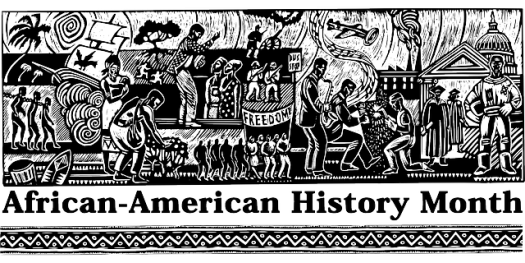To any of his sports-fan colleagues, NIST mathematician and computer programmer Vernon Dantzler might have been somewhat of a celebrity. Dantzler had been a professional baseball player, and a star shortstop in the Texas circuit of the Negro Baseball League during the early 1940s, before the desegregation of Major League baseball. Dantzler also had a degree in mathematics from the Tuskegee Institute, and would later earn a graduate degree in the same field from American University.
|
ADVERTISEMENT |
After serving in the military during World War II, he joined the National Bureau of Standards (now called NIST) in 1947 as a mathematician in the Mineral Products Division, conducting research on concrete. By the early 1960s, he had become interested in computer programming.
…

Add new comment